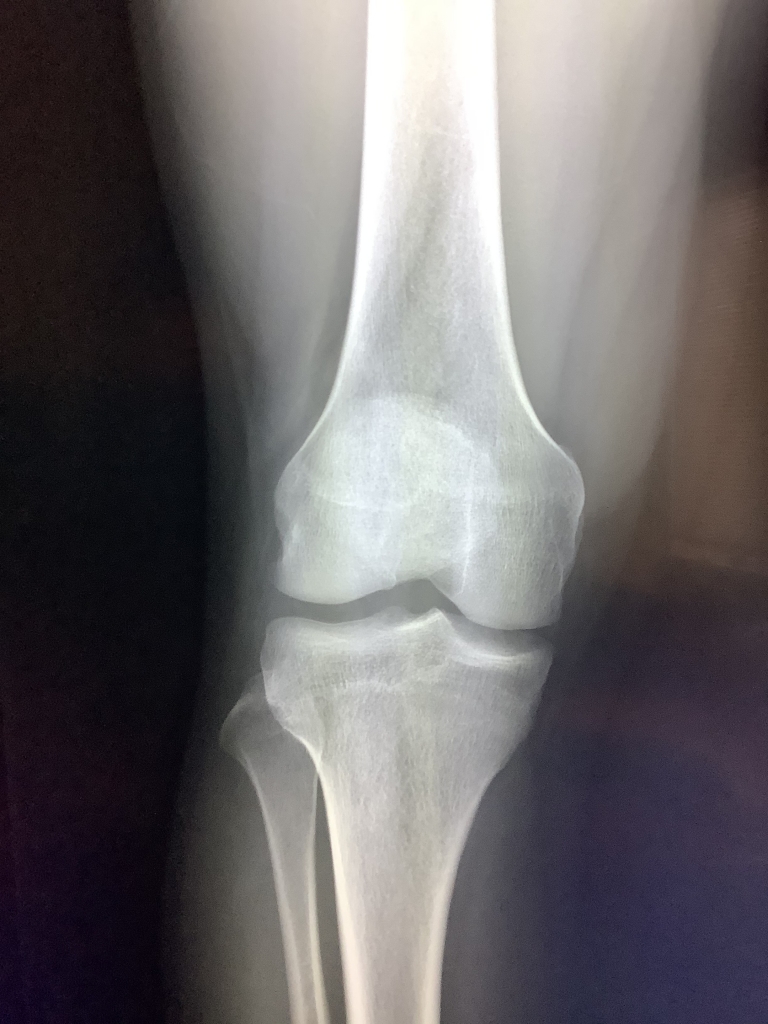Will An Infection Light Up On a PET Scan?
Positron Emission Tomography (PET) scans are a crucial tool in modern medical imaging, offering detailed insights into the body’s functions. These scans use a radioactive tracer, typically injected into the body, which allows doctors to see how organs and tissues are functioning. Unlike MRI or CT scans that show the structure, PET scans reveal the metabolic or chemical activity in the body.
PET Scans and Infection Detection
When it comes to identifying infections, PET scans play a significant role. Infections generally increase the metabolic activity of the affected area. Since PET scans are designed to detect changes in the body’s metabolic activity, they can effectively find areas of infection. This happens because the radioactive tracer accumulates more in areas with higher levels of chemical activity, such as those found in infected tissues.
How Infections Appear on PET Scans
Infections typically show up on PET scans as areas with higher tracer uptake, often referred to as “hot spots.” These are areas where the immune system is actively fighting the infection, resulting in increased metabolic activity. By identifying these hot spots, physicians can determine the location and extent of an infection.
The Accuracy of PET Scans in Diagnosing Infections
PET scans are known for their accuracy in diagnosing various conditions, including infections. However, it’s important to note that while PET scans are highly sensitive, they are not exclusively specific to infections. This means that while they can detect areas of high metabolic activity, this activity might not always be due to an infection. It could also be due to other factors like inflammation or the presence of cancerous cells.
Comparing PET Scans with Other Imaging Techniques
While PET scans are highly effective in detecting infections, they are often used in conjunction with other imaging techniques. For example, combining a PET scan with a CT scan (PET/CT) can provide more comprehensive information. The PET scan highlights areas of high metabolic activity, while the CT scan provides detailed structural information. This combination can give a more accurate diagnosis of the infection.
The Role of PET Scans in Treatment Planning
PET scans not only help in diagnosing infections but also play a crucial role in treatment planning. By accurately locating the infection within the body, doctors can tailor treatments more effectively. This targeted approach can lead to better outcomes and can be especially important in cases of severe or deep-seated infections.
PET Scans and Monitoring Infection Progress
Another significant advantage of PET scans is their ability to monitor the progress of an infection. By comparing scans taken over time, doctors can see how an infection is responding to treatment. This ongoing monitoring is essential in ensuring the effectiveness of the treatment and making adjustments if necessary.
Safety and Considerations in PET Scans
While PET scans are generally safe, it’s important to consider the exposure to radiation from the radioactive tracer. However, the level of radiation is typically low and is considered safe for most patients. It’s always important to discuss any concerns with a healthcare provider before undergoing a PET scan.
Conclusion:
PET scans ability to highlight areas of increased metabolic activity makes them effective in locating and assessing infections. When used alongside other imaging techniques, they provide a comprehensive view that aids in accurate diagnosis and effective treatment planning. As technology advances, the role of PET scans in diagnosing and managing infections will continue to evolve, offering more precise and effective healthcare solutions.
FAQs About PET Scans and Infections
– **Can PET scans differentiate between infection and cancer?**
While PET scans are sensitive in detecting areas of high metabolic activity, distinguishing between infection and cancer solely based on a PET scan can be challenging. Additional diagnostic methods may be required for a definitive diagnosis.
– **Are PET scans used for all types of infections?**
PET scans are particularly useful for complex or deep-seated infections where other imaging techniques might not provide sufficient information. They are not typically used for minor or superficial infections.
– **Is the radiation from a PET scan harmful?**
The radiation dose from a PET scan is relatively low and considered safe for most patients. However, it’s important to discuss any concerns with a healthcare professional.
In summary, PET scans are a crucial element in the modern medical imaging landscape, especially when it comes to detecting and managing infections. They provide valuable insights into the body’s metabolic activities, helping to illuminate areas of infection and aiding in the accurate diagnosis and effective treatment planning.

